I can't understand why in the formula they use \$V_{IN}\$
They use \$V_{IN}\$ because that is what you are going to measure to estimate the CMRR of the op. amp., along with \$V_{OUT}\$. You don't want to make an almost impractical circuit (due to unmatched resistors) even more impractical by connecting a voltmeter in parallel with one of the resistors.
They also use deltas and not absolute measurements to avoid including even more systematic errors due to the input offsets of the op. amp.
The circuit forms a differential amplifier circuit to attempt the measurement of the CMRR of the operational amplifier. If you follow the voltage divider at the non-inverting input, you have: \$(V_{IN}*R_2)/(R_1+R_2)\$. Considering an infinite gain and non saturated op. amp., this is also the voltage at the inverting input, hence this is the common voltage at the op. amp. inputs.
The fact that it uses the diff. amp. to measure the CMRR of the op. amp. is actually the problem, since this circuit also has a CMRR due to unmatched resistors. \$Vin\$ is the common mode voltage of the differential amplifier, and maybe this is the source of confusion.
Note that the same app. note presents an alternative circuit which can be implemented for the same purpose without accurately matched resistors.
Is the common mode voltage for this amplifier \$V_{IN}\$ or \$V_{IN}\frac{R_2}{R_1+R_2}\$ ?
Both are correct, depending if "this amplifier" means the diff. amp. circuit or the op. amp. as detailed above.

